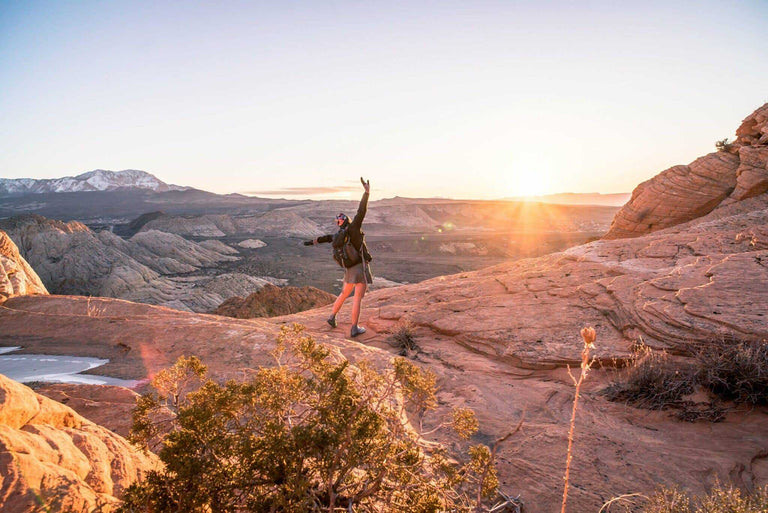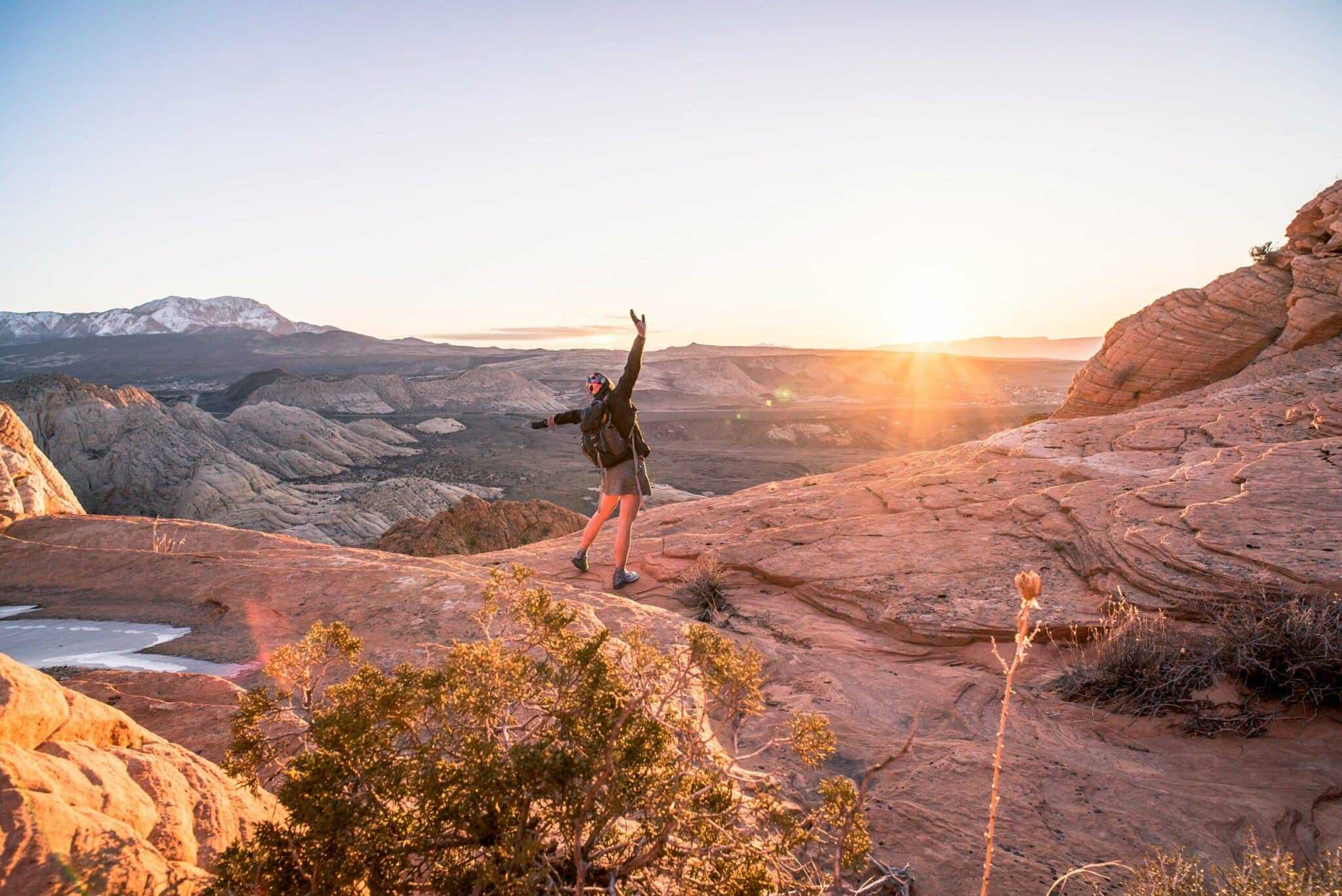shifting mental states
My mindfulness story began in a climbing harness. Indeed, the first place I ever noticed my mind and body being in the same place at the same time was while rock climbing. Sure, it had happened before, but I hadn’t ever realized it. It was a profound shift in my physical rock climbing technique, and even more in my mental and emotional life.
Mindfulness is defined as “the state of paying attention to one’s internal and external experience in the present moment, with an attitude of openness and curiosity.” When we step into that state, we adapt more efficiently, learn more deeply, and make more effective choices. Beautifully, this can be applied to any activity in any part of our lives!
First, it is helpful to think of physical agility as a process, not a trait. While it may seem like some folks are “natural athletes,” they have also invested incredible amounts of time and energy into that process and skill development. For all of us, though, relaxed attention is a super power in physical ability and durability.
the process model
We’ll use the Process Model as a framework. Let’s reflect on its four stages specifically for learning, adapting, and making movement-decisions biased toward long-term health…
1. pay attention
Notice how your body feels before, during, and after movement. Turn off auto-pilot and tune into potential cues and lessons. What hurts? How do you need to prepare? Where do you feel strong? Weak?
2. get curious
More than noticing, it’s crucial we turn the data we collect into understanding, even and especially if it challenges our comfort zone. This means giving yourself permission to change and maybe reroute course if it means actually taking care of yourself and your body.

3. experiment
Take that insight and try it out, change it, and try it out again! Staying attentive and curious means these experiments result in movement and activity that will feel good because the body is prepared and cared for every step of the way. Get excited about some uncertainty and change. Our bodies (like everything else) are changing; embrace that reality rather than cling to the past. This is how we serve a healthy, aging, moving body.
These four stages exemplify the heart of real-life mindfulness in that they take us from initial experience all the way to integration we can bank on in the future. When we pay more attention – with curiosity and flexibility – we create more choices in our lives. When we have more choices, we find the space we need for work, play, and all the rest. This simple (and not always easy) perspective can help ensure we’re able to keep our bodies and minds “in shape” for the long-haul.






